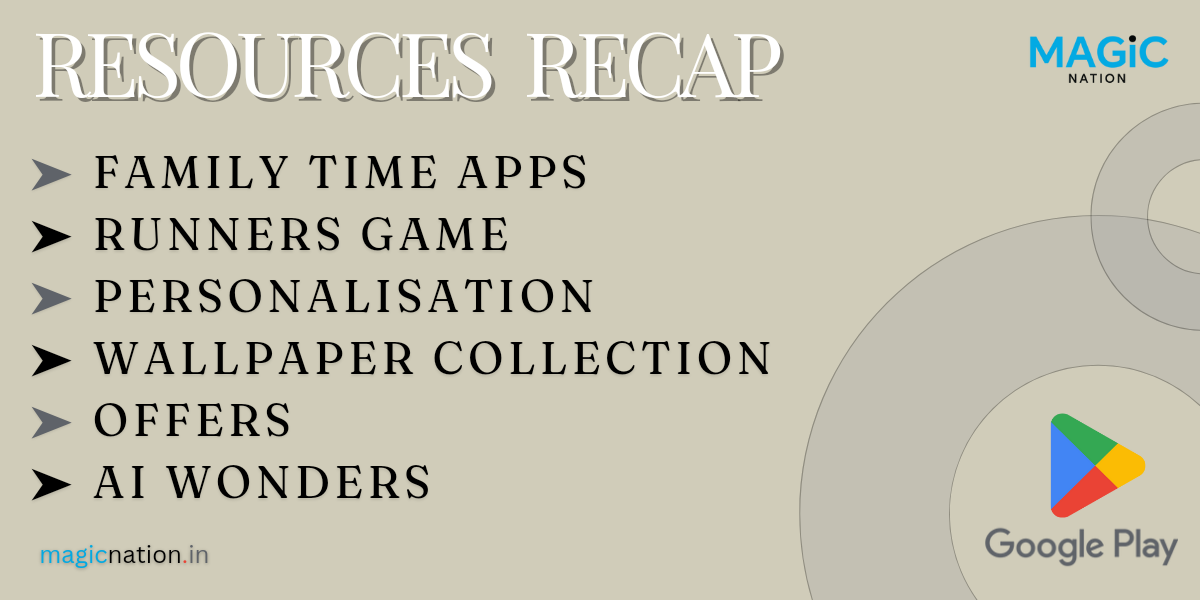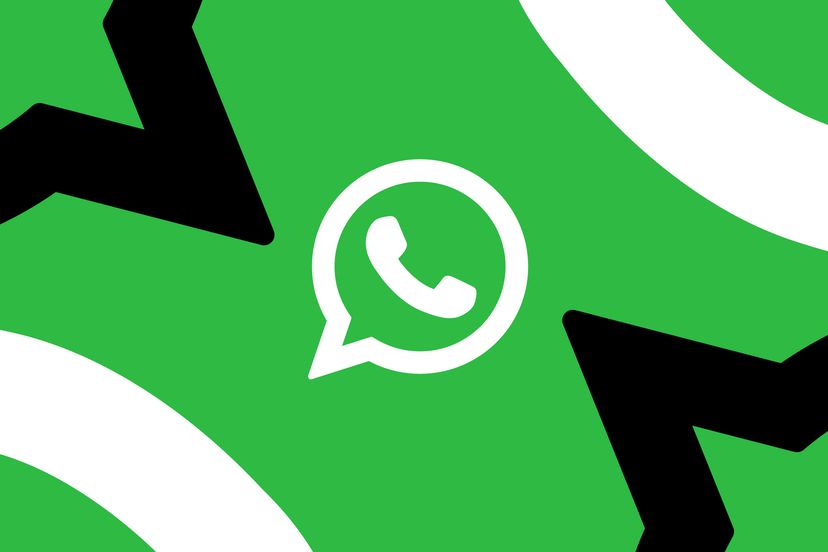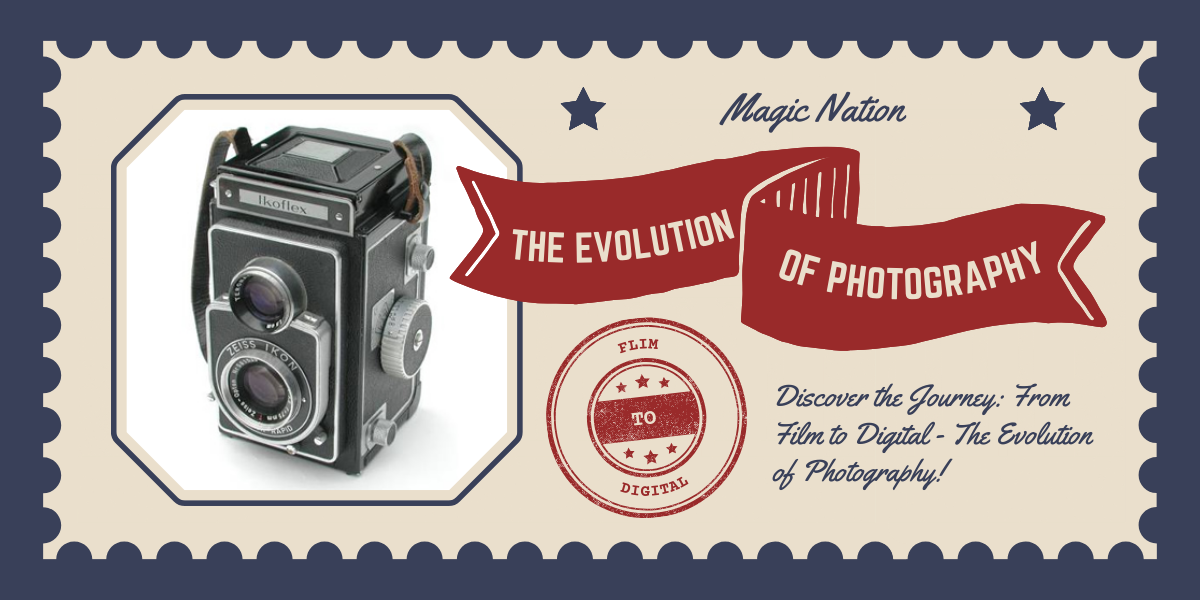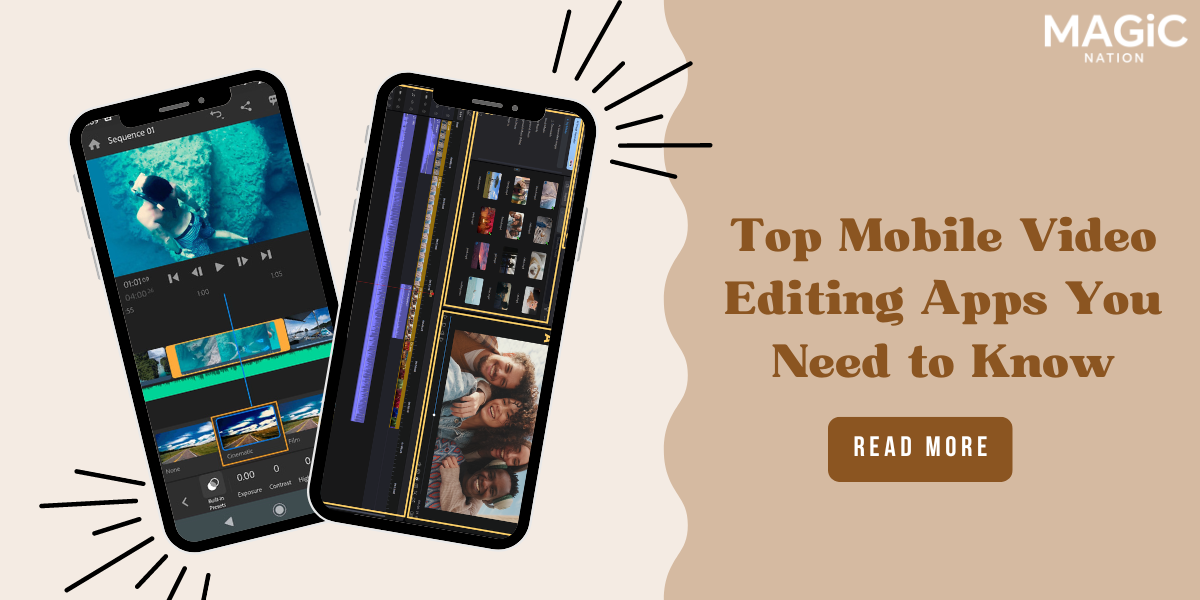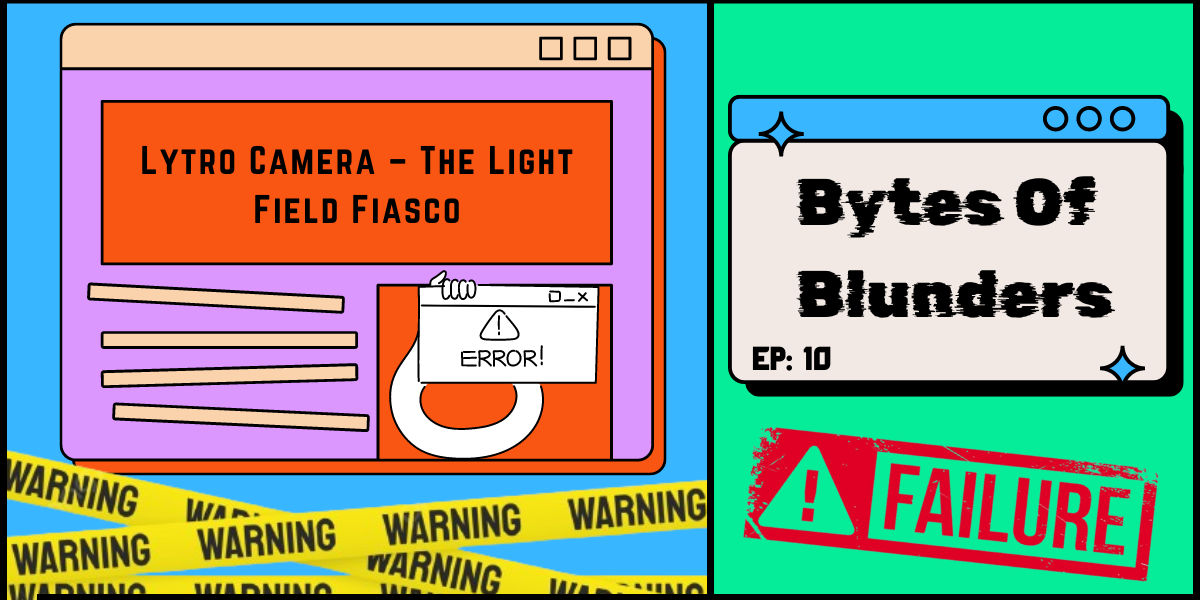Hoping that you guys are doing well and staying safe
- In the fast-paced world of technology, few innovations have seamlessly integrated into our daily lives quite like Bluetooth. From its humble beginnings to the ubiquitous wireless connectivity we enjoy today, the evolution of Bluetooth is a fascinating journey that has transformed how we connect and communicate.

- The Bluetooth story begins in the 1990s when companies, including Ericsson, IBM, Nokia, and Toshiba, collaborated to address the need for a standardized wireless communication protocol. The goal was to create a short-range, low-power wireless link that could connect various devices, eliminating the hassle of cables.
The first version of Bluetooth, Bluetooth 1.0, was released in 1999. With a maximum data transfer rate of 1 Mbps, it allowed devices like phones, laptops, and printers to connect wirelessly over short distances. However, the initial version had its limitations, such as pairing issues and compatibility challenges.Named after a 10th-century Danish king, Harald "Bluetooth" Blåtand, who united Denmark and parts of Norway, the technology aimed to unite different communication devices. In 1999, the Bluetooth Special Interest Group (SIG) was formed to oversee and promote the technology's development.

Bluetooth 2.0, introduced in 2004, addressed many of the issues present in its predecessor. It brought about Enhanced Data Rate (EDR), which increased the data transfer rate to 3 Mbps. This improvement made Bluetooth more suitable for transferring larger files and streaming high-quality audio.
- In 2009, Bluetooth 3.0 was introduced, featuring the High-Speed (HS) capability. This version incorporated a technology called Bluetooth over Wi-Fi, which allowed for faster data transfer rates during short bursts of activity. This advancement was particularly significant for applications involving multimedia streaming.
- Bluetooth 4.0, released in 2010, brought about a game-changing feature: Bluetooth Low Energy (LE). This innovation opened up new possibilities for the Internet of Things (IoT) devices, as it enabled Bluetooth to operate with minimal power consumption. This made it feasible for devices like fitness trackers and smart sensors to run on small, coin-cell batteries for extended periods.
- Bluetooth 4.2, introduced in 2014, focused on improving security and privacy. It also enhanced data rates, making Bluetooth more efficient. In 2016, Bluetooth 5.0 emerged, offering significant improvements in range, speed, and data broadcasting capacity. With Bluetooth 5.0, users experienced four times the range, twice the speed, and eight times the data broadcasting capability compared to its predecessor.
- Today, Bluetooth technology is an integral part of our daily lives. From wireless headphones and smartwatches to smart home devices and connected cars, Bluetooth has become the go-to solution for short-range wireless communication.
That’s all for today, hope you enjoyed it. What did you feel about the device and which color are going to buy do let us know your opinions in the comments?The Bluetooth SIG continues to evolve the technology, introducing new features like Bluetooth 5.1's direction-finding capability and Bluetooth 5.2's enhanced audio quality. As we move forward, the future of Bluetooth holds exciting prospects, including advancements in the audio space, improved device tracking capabilities, and increased compatibility with emerging technologies.
Don’t forget to follow me and Htech for updates and launch-related news in the future.
Bye Guys
Signing off
Jai



